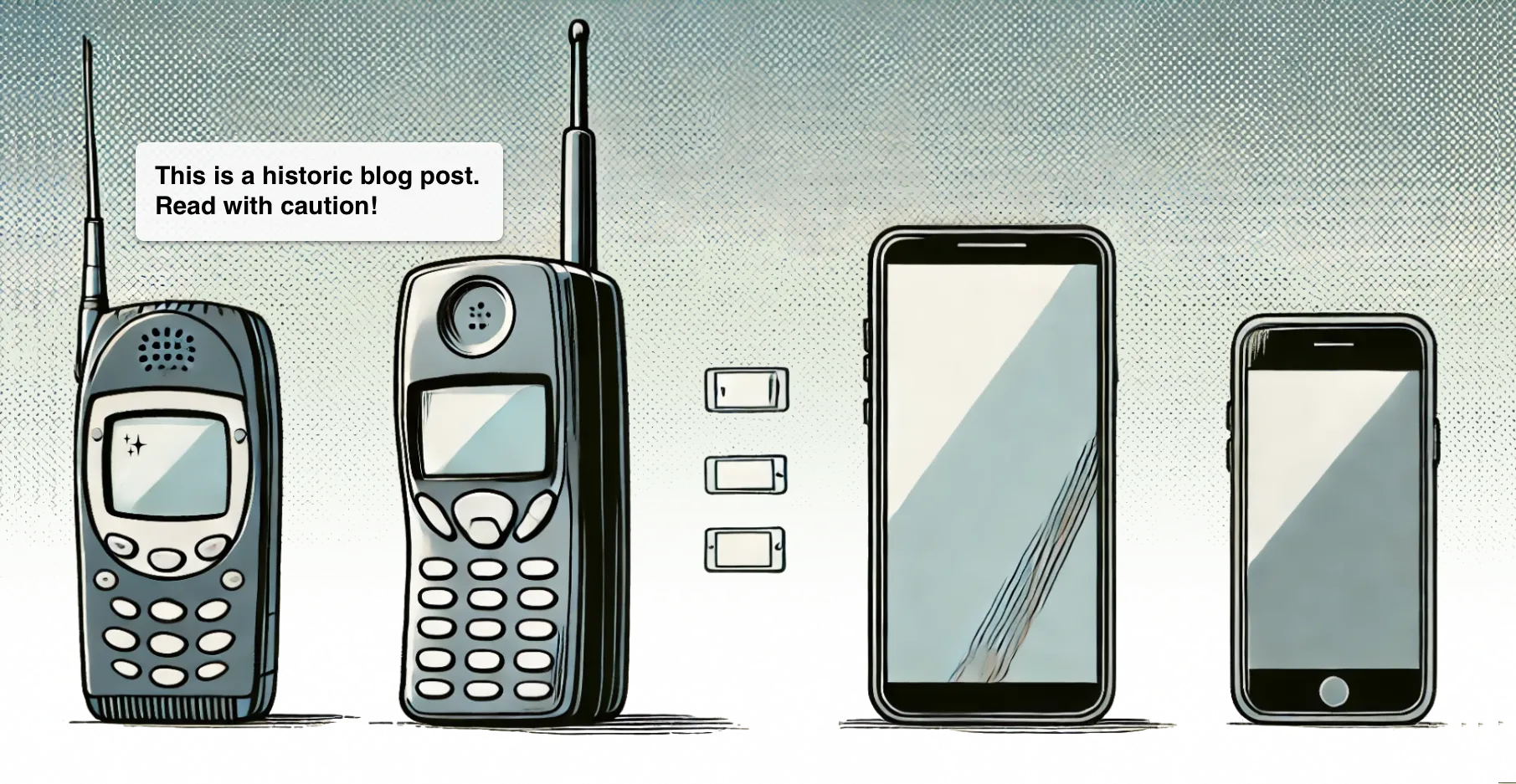1. Mobile Devices Market Share:
ABI Research released their quarterly report about the mobile devices market. There, I found this interesting chart about the market share of mobile device vendors in the 3Q 2008:

Source: Mobile Device Vendor Market Share, 3 Q 2008
Some interesting facts from this ABI Research report:
3Q 2008: 8.2% year-on-year growth 4Q 2008: will be a vital quarter for handset vendors and mobile operators, 7.5% growth Year-on-year annual growth: 10.5%-11%, 1.27 billion on the winner side: Samsung, Apple, RIM
Source: Mobile Device Vendor Market Share, 3 Q 2008
2. Mobile Messaging Adaption by Business Customers:
In a whitepaper called “US Operator Mobile Messaging Services” ABI Research examined the adaption of mobile messaging services of four US operators (Verizon, AT&T, Sprint, T-Mobile). In February 2008 ABI Research surveyed 750 mobile business users from the US about their usage and preferences for mobile services. The results of this survey were:
ARPUs (Average Revenue per User) for mobile messaging services, which include text messaging, picture messaging, video messaging, IM (Instant Messaging), and mobile e-mail: AT&T has the highest ARPUs T-Mobile has the lowest ARPUs primarily due to its low fees Verizon could potentially see the greatest ARPU increase by increasing the penetration of smartphones among its business customers (since it has highly mobile customers with information and collaboration needs)
penetration of smartphones:
Verizon and Sprint have the lowest penetration of smartphones among the survey takers T-Mobile has the second highest penetration of smartphones



Some of the key characteristics that drive up mobile messaging ARPUs to this customer segment are:
a highly mobile work environment that needs information and collaboration a strong portfolio of smartphones premium pricing (e.g. broad network coverage, high service and support levels) personal usage of mobile messaging services for both peer to peer delivery as well as A2P (application to peer)*
- A2P: “[…]A2P messaging includes receiving content and information, such as sports scores or banking alerts, as well as content posting from the mobile device to online websites, such as picture album and
social networking websites. A2P messaging is certainly an opportunity for increasing the value of
mobile messaging services, both MMS and mobile e-mail. A2P delivery can create greater loyalty and possibly higher ARPUs […].”
Source: Whitepaper “US Operator Mobile Messaging Services”
